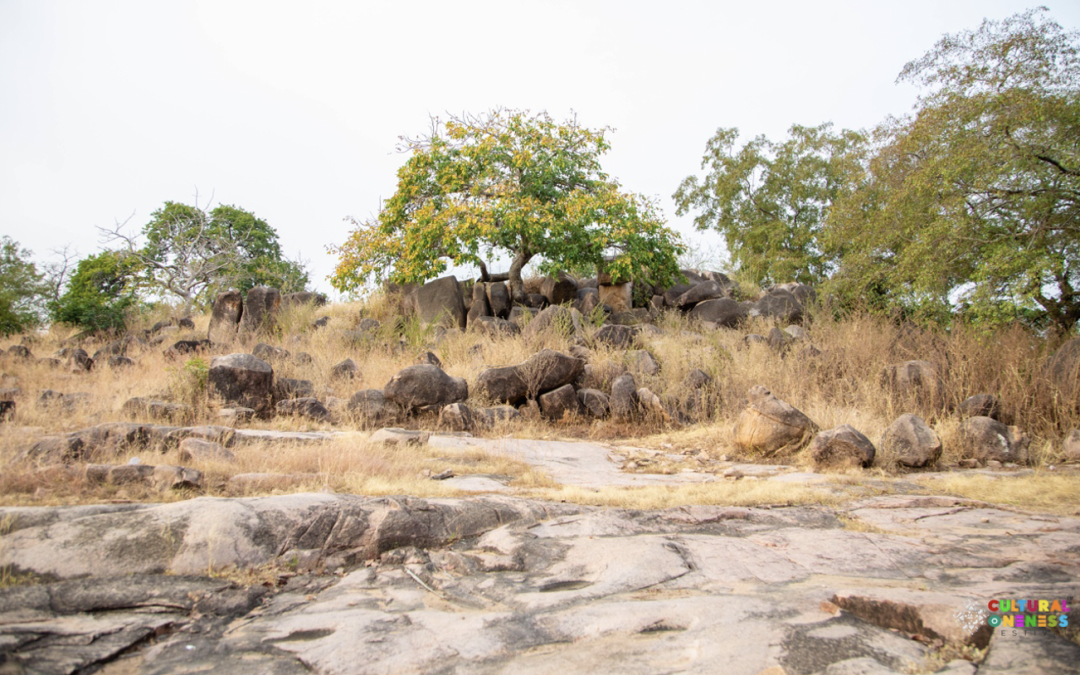PIKWORO: THE FORGOTTEN GATEWAY OF THE TRANSATLANTIC SLAVE TRADE
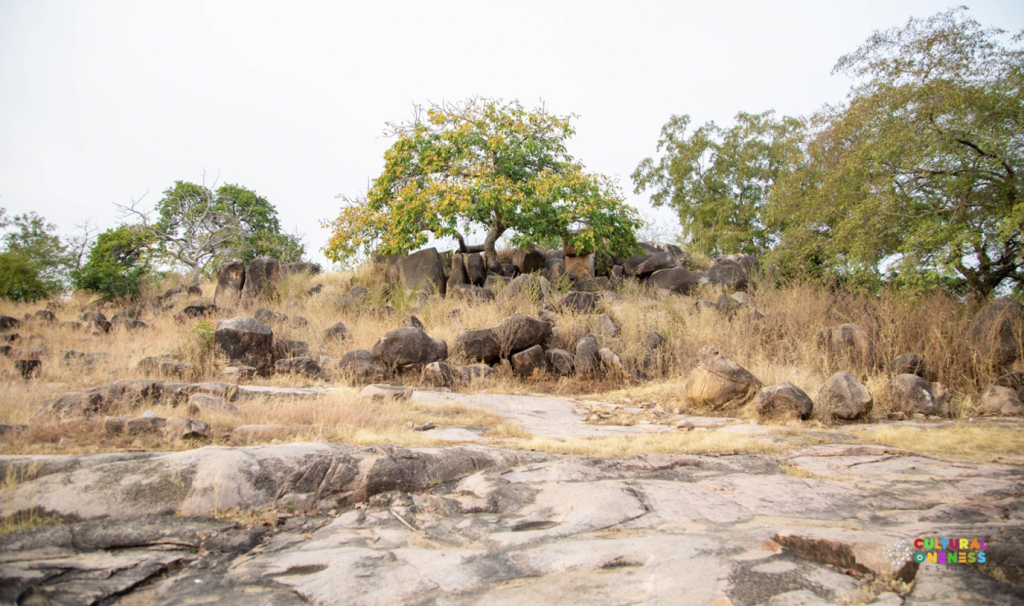
Introduction
The transatlantic slave trade is often narrated with emphasis on the forts and castles along Ghana’s coast—Elmina, Cape Coast, and Christiansborg. However, this harrowing journey did not begin at the shores. It started far inland, in the northern territories of Ghana, at places like the Pikworo Slave Camp, a crucial but often overlooked site that played a fundamental role in the enslavement and transportation of Africans. To understand the full scope of the slave trade, one must trace the painful journey back to where it all began—Pikworo.
The Beginning of the Journey
Located in Paga-Nania in Ghana’s Upper East Region, Pikworo Slave Camp was established in 1704 as a central hub for capturing, holding, and auctioning enslaved Africans. Before reaching the castles on the coast, enslaved men, women, and children were shackled and marched for weeks from this very site, enduring unimaginable suffering under the scorching sun. The scars of their pain remain etched in the landscape—chain marks still visible on the rocks, feeding troughs carved into stone where they were forced to eat like animals, and wells they dug to quench their thirst while awaiting the long march southward.
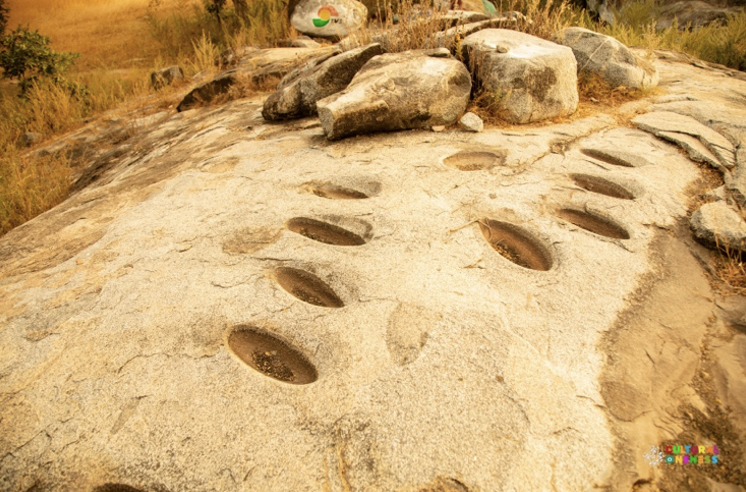
The Role of Babatu the Slave Raider
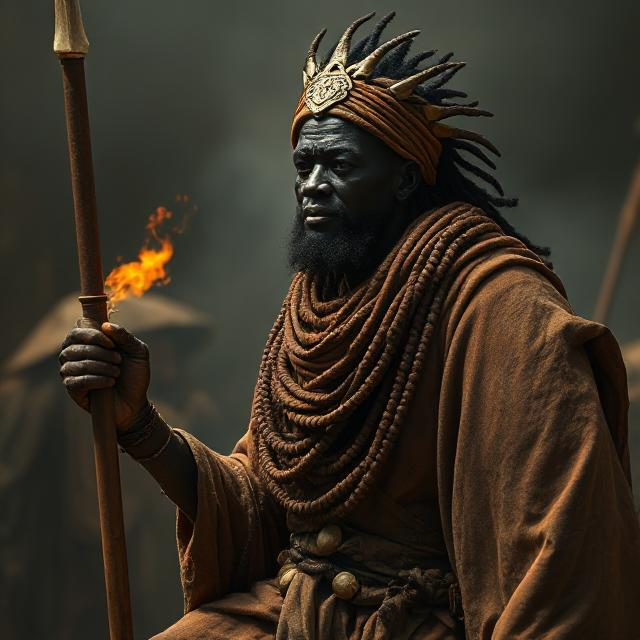
One of the notorious figures linked to this dark history is Babatu, a slave raider who terrorized the northern regions, capturing innocent villagers and selling them into bondage. Babatu, like many other traders and middlemen, played a significant role in fueling the slave trade, feeding captives into the Pikworo Slave Camp, where they were branded and prepared for the grueling journey down south. This missing link in the slave trade narrative highlights the brutality that began long before captives ever saw the ocean.
The Forced March to the Coast
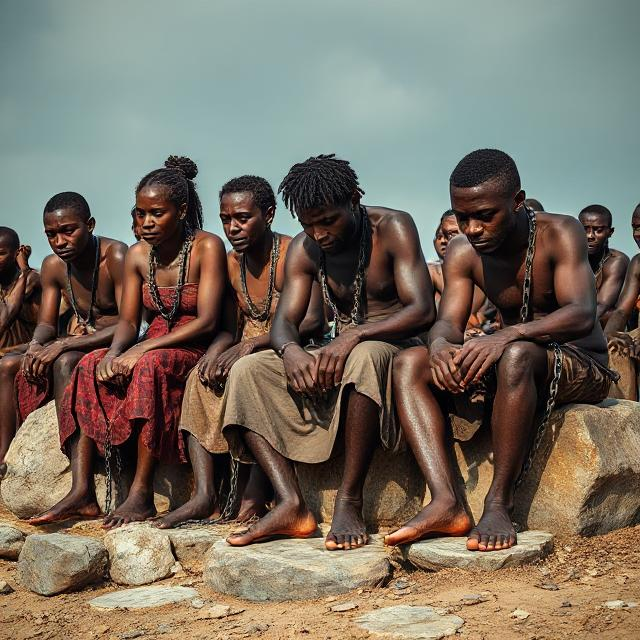
From Pikworo, captives were forced to march southwards, shackled together, with many perishing along the way due to exhaustion, malnutrition, or brutal punishments from their captors. Those who survived the trek were sold to middlemen and further transported to major slave markets in Salaga and Assin Manso before reaching the coastal slave forts.
Salaga served as a major trading post where captives were auctioned to buyers before continuing their march to Assin Manso, the infamous ‘Last Bath’ site, where they were washed for the final leg of their torment. By the time they reached Elmina or Cape Coast Castle, they had already been through weeks or months of unimaginable horror. The omission of Pikworo from the broader slave trade narrative leaves an incomplete story, one that must be redefined for historical accuracy.
Why Pikworo Must Be a Must-Visit Site
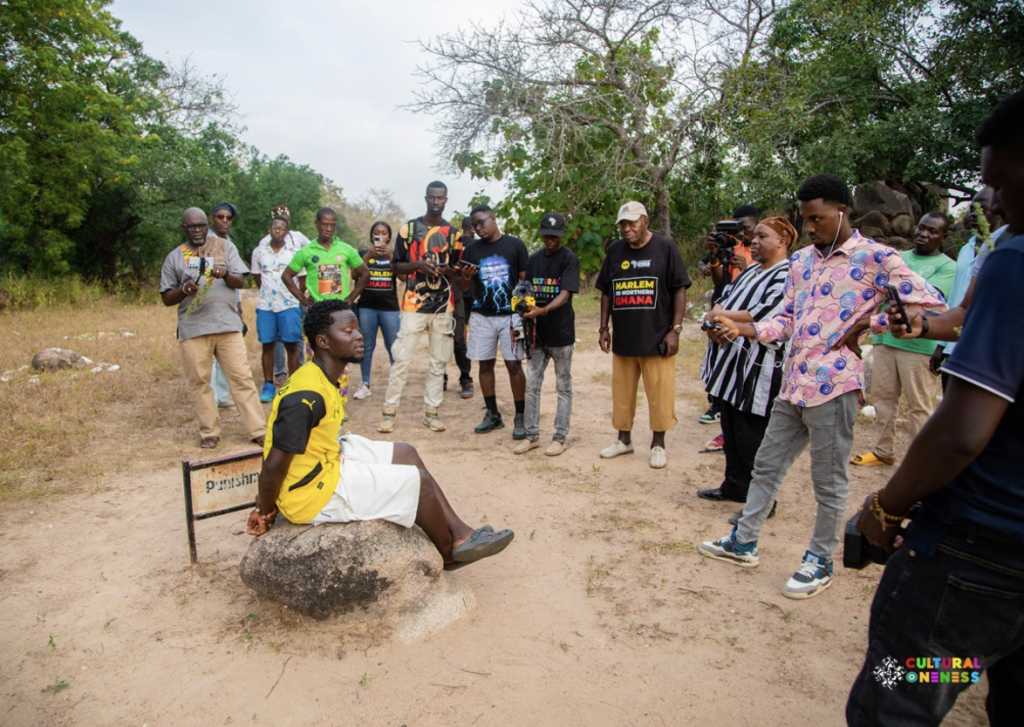
For anyone seeking to understand the full story of the transatlantic slave trade, visiting Pikworo is not optional—it is essential. The site is not just a reminder of a painful past; it is a place of reflection, healing, and reconnection. It provides an unfiltered glimpse into the origins of this historical atrocity, allowing visitors to walk the same grounds, touch the same rocks, and feel the presence of those who once suffered there.
Moreover, Pikworo is a critical landmark for African descendants in the diaspora who seek to reconnect with their roots. It is a spiritual and historical homecoming for those who wish to trace their ancestry back to the lands from which their forebears were taken. The site offers a solemn space for commemoration and education, ensuring that future generations never forget the atrocities committed.
A Call for Recognition
Despite its significance, Pikworo remains underrepresented in Ghana’s cultural tourism landscape. There is an urgent need to spotlight this historical site, integrate it into national and international discussions about the slave trade, and ensure that it receives the recognition it deserves.
Cultural festivals, heritage tours, and academic collaborations can help elevate Pikworo’s profile and position it as a key destination for African heritage tourism. It is time to rewrite the narrative and include Pikworo in the global conversation about slavery, making it a fundamental stop for all who seek the truth about the transatlantic slave trade.
Conclusion
As we face the challenges of globalization and urbanization, it becomes increasingly important to safeguard our cultural assets and promote them as vital components of our community’s fabric. The Cultural Oneness Festival seeks to bridge the gap between the past and the future, ensuring that our stories, crafts, and customs are not only preserved but also appreciated by future generations.With the collaboration of local residents, businesses, government agencies, and tourism stakeholders, we can support this initiative, fostering an environment where culture thrives, economies grow, and communities become more resilient.
Written by
Frederick Asante Agyemang
Head of Brand and Communications, The Taste of Afrika
March 18th 2025

